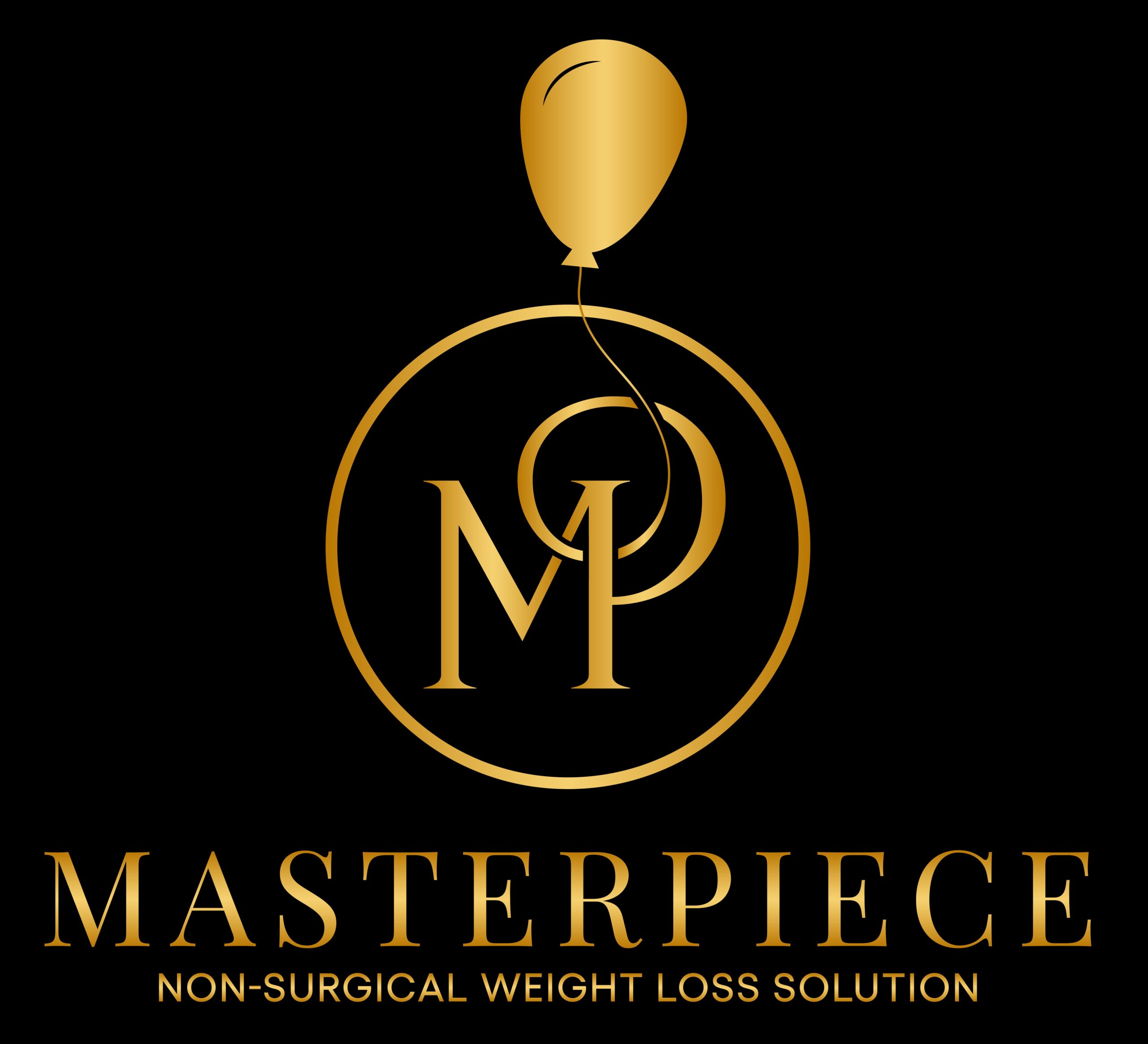Non-surgical weight loss procedures are medical interventions that can help individuals lose weight without requiring invasive surgery. These procedures are generally less risky and have a shorter recovery period than surgical weight loss options like gastric bypass surgery.
Non-surgical weight loss procedures can involve various methods, such as endoscopic procedures, gastric balloons, or non-surgical liposuction. These procedures work by reducing the amount of food that can be eaten or absorbed, decreasing hunger or cravings, or promoting fat loss. While non-surgical weight loss procedures are generally considered safe and effective, they may not be suitable for everyone.  In this blog post, we are going to discuss how one can choose the best non surgical weight loss procedure.
Keep on reading to learn more!
Considerations Before Choosing a Non-Surgical Weight Loss Procedures
Overall Health and Medical Conditions
An individual’s overall health and medical conditions are important factors to consider before choosing a non-surgical weight loss procedure. Some medical conditions may make certain procedures unsafe or less effective. For example, individuals with gastrointestinal disorders or a history of gastric surgery may not be suitable candidates for gastric balloon procedures.
Additionally, certain medical conditions may require close monitoring or management during weight loss procedures. For example, individuals with diabetes may need to adjust their medication or monitor their blood sugar more closely during weight loss. It’s important to consult with a healthcare professional to determine the best non-surgical weight loss option for an individual’s overall health and medical conditions. The healthcare professional may need to review medical history, medications, and other factors to ensure the safety and effectiveness of the chosen procedure.
Lifestyle Factors
Different procedures may require different levels of lifestyle changes to achieve successful weight loss. 
For example, gastric balloon procedures require a temporary modification of eating habits, while non-surgical liposuction procedures may require regular exercise to maintain results. It’s important to choose a procedure that aligns with an individual’s lifestyle preferences and goals.
Additionally, an individual’s lifestyle factors can impact the success of the chosen procedure. For example, stress, lack of sleep, and poor diet can all negatively affect weight loss efforts. Addressing lifestyle factors that may impede weight loss success can help ensure the success of the chosen procedure.
Personal Preferences
Personal preferences are an important consideration too when choosing a non-surgical weight loss procedure. The right procedure should align with an individual’s preferences in terms of the following factors:
- Procedure type – There are different types of non-surgical weight loss procedures available, and individuals may have personal preferences for the type of procedure they undergo. For example, some individuals may prefer an endoscopic procedure over a gastric balloon procedure.
- Level of invasiveness – Non-surgical weight loss procedures vary in terms of invasiveness. Some procedures, such as gastric balloons, are minimally invasive, while others may involve more invasive techniques. Individuals should consider their comfort level with the level of invasiveness required for the chosen procedure.
- Recovery time: Recovery time varies depending on the chosen procedure. Some procedures have longer recovery times than others, which may impact an individual’s ability to work or engage in other activities. Individuals should consider their preferences for recovery time when choosing a procedure.
- Dietary restrictions: Different procedures require different dietary restrictions. For example, some procedures require liquid or pureed diets, while others may allow for a more normal diet. Individuals should consider their dietary preferences when choosing a procedure.
- Results: The results of non-surgical weight loss procedures vary. Some procedures may result in more rapid weight loss, while others may result in more gradual weight loss. Individuals should consider their preferences for the speed and amount of weight loss when choosing a procedure.
Overall, choosing a non-surgical weight loss procedure that aligns with an individual’s personal preferences can increase the likelihood of success and help ensure that they are able to commit to the necessary lifestyle changes required for long-term weight loss.
Nonsurgical Weight Loss Procedures Financial Considerations
Financial considerations are an important factor when choosing a non-surgical weight loss procedure. These procedures can be expensive and may not be covered by insurance. Factors to consider include:
- Cost of the procedure: Different non-surgical medical procedures have varying costs. It’s important to consider the cost of the procedure, including any fees for follow-up appointments or required supplements, to ensure that it fits within an individual’s budget and without the need to undergo general surgery.
- Insurance coverage: Some insurance companies may cover certain non-surgical weight loss procedures, while others may not. It’s important to check with the insurance provider to determine what is covered and what the out-of-pocket costs may be.
- Financing options: Some healthcare providers or facilities may offer financing options for non-surgical weight loss procedures. It’s important to consider these options, such as payment plans or medical credit cards, to determine if they are feasible options.
- Potential savings: While non-surgical weight loss procedures can be expensive, they may result in long-term savings on healthcare costs associated with obesity-related conditions. It’s important to consider the potential long-term cost savings when weighing the financial considerations of the procedure.
Types of Non-Surgical Weight Loss Procedures
Gastric Balloon
A gastric balloon is a non-surgical weight loss procedure that involves placing a balloon in the stomach to reduce the amount of food that can be consumed. The procedure involves inserting a deflated balloon through the mouth and into the stomach, then inflating the balloon with saline solution. This reduces the amount of space in the stomach and leads to feelings of fullness and decreased appetite. The procedure typically takes less than 30 minutes and is performed on an outpatient basis under mild sedation.
The gastric balloon is typically left in place for six months, after which it is removed. During this time, individuals may lose a significant amount of weight, depending on their starting weight and adherence to dietary and lifestyle modifications recommended by their healthcare provider.
Endoscopic Sleeve Gastroplasty (ESG)
Endoscopic Sleeve Gastroplasty (ESG) is a non-surgical weight loss procedure that involves using an endoscope to reduce the size of the stomach. This endoscopic weight procedure is performed under general anesthesia and involves inserting a flexible tube with a camera and an endoscopic suturing device through the mouth and into the stomach. The device is used to create a series of stitches that reduce the size of the stomach, resulting in feelings of fullness and reduced appetite. The procedure typically takes around 90 minutes to complete and is performed on an outpatient basis.
ESG is a relatively new procedure and has shown promising results in helping individuals achieve significant weight loss. It is typically recommended for individuals with a BMI between 30 and 40 who have not been successful with traditional weight loss methods such as diet and exercise.
Bariatric Embolization
Bariatric embolization is a minimally invasive and advanced non-surgical weight loss procedure that involves blocking the blood flow to certain areas of the stomach in order to reduce appetite and promote weight loss. The procedure is performed by an interventional radiologist, typically on an outpatient basis, using X-ray or ultrasound guidance to place tiny beads or particles into the arteries that supply blood to the stomach.
Bariatric embolization is a relatively new procedure and its long-term effectiveness is still being studied. However, early research has shown promising results in helping individuals achieve significant weight loss. It may be a good option for individuals who are looking for a non-surgical weight loss procedure that does not require a long recovery period. However, as with any weight loss procedure, it’s important to consult with a healthcare provider to determine if the procedure is appropriate and safe for an individual’s specific medical history and health status.┬á
Non-Surgical Liposuction Procedure
Non-surgical liposuction refers to a variety of non-invasive or minimally invasive procedures that use different technologies to remove excess fat from targeted areas of the body without surgery. The procedures may use various methods, such as lasers, ultrasound, or radio frequency to destroy fat cells or liquefy fat, which is then naturally removed by the body’s lymphatic system.
Non-surgical liposuction procedures typically take less time and have fewer risks and side effects than traditional surgical liposuction. They also do not require general anesthesia or extensive recovery time, allowing patients to return to their normal activities soon after the procedure.
Bariatric Surgery
Bariatric surgery is a surgical procedure that is performed to help individuals who are severely obese lose weight. The surgery works by reducing the size of the stomach or bypassing a portion of the small intestine, which reduces the amount of food that can be eaten and absorbed by the body.
Comparing and Contrasting Different Procedures to Lose Weight
When comparing and contrasting different non-surgical weight loss procedures, there are several factors to consider, such as the effectiveness, risks and potential complications, recovery time, cost, and suitability for an individual’s specific medical history and health status.
Gastric balloons, endoscopic sleeve gastroplasty (ESG), and bariatric embolization are all non-surgical procedures that can help with weight loss, but they work in different ways. A gastric balloon involves inserting a balloon into the stomach to reduce its capacity, while ESG involves reducing the size of the stomach using an endoscope. Bariatric embolization is a newer procedure that involves blocking the blood supply to the stomach to reduce hunger and promote weight loss.
Non-surgical liposuction is another option for reducing excess fat, but it is not a weight loss procedure and is best suited for individuals with localized pockets of fat that have not responded to diet and exercise. When comparing these procedures, it’s important to consider their effectiveness in promoting weight loss. Gastric balloons, ESG, and bariatric embolization can all result in significant weight loss, but the amount of weight loss may vary depending on the individual and the procedure. Non-surgical liposuction can reduce localized fat but is not a weight loss procedure.
Risks and potential complications are another important factor to consider. Gastric balloons and ESG are generally considered safe, but there may be some potential risks and side effects, such as nausea, vomiting, or discomfort at the treatment site. Bariatric embolization is a newer procedure, and its long-term safety and effectiveness are not yet fully understood. Non-surgical liposuction may cause mild swelling, bruising, or discomfort at the treatment site.
Wrapping Up
In conclusion, choosing the best non-surgical weight loss procedure for you involves careful consideration of several factors, such as your overall health and medical conditions, lifestyle factors, personal preferences, and financial considerations.
By taking the time to carefully evaluate your options and working closely with your healthcare team, you can make an informed decision and take an important step towards achieving your weight loss goals



